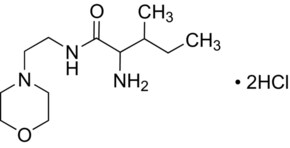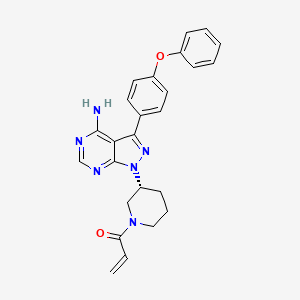
In continuation of my update on Ribavirin
In a viral haemorrhagic disease where up to 40% of people developing it die, it is remarkable that doctors still do not agree whether the only recognised treatment, an antiviral drug called ribavirin, makes a difference. In a new Cochrane Review a team of authors at LSTM, along with colleagues in London, The Philippines and in Greece, evaluated the evidence to assess the effectiveness of treating Crimean Congo haemorrhagic fever (CCHF).

Crimean Congo haemorrhagic fever is spread by the bite of an infected tick, and is becoming more common, with outbreaks in Turkey, Eastern Europe and the Eastern Mediterranean. Doctors treat the infection in hospital with intravenous fluids, blood and good nursing care. The debates around ribavirinare common amongst clinicians treating the disease, with strong advocates on one side, and others who have policies not to use it, so the authors hoped the review would settle the debate.
The review authors found just one trial with 136 participants, and some observational comparative studies of 612 participants: overall the analysis did not provide a clear answer. When the authors examined studies that were often quoted as showing benefit, they were critically biased. Although fewer people died in groups receiving ribavirin, the apparent effect could be due to the drug, or equally because those getting the drug may have also been less sick, or received high quality nursing and medical care earlier in the disease.
Lead author, LSTM's Dr. Samuel Johnson, said: "Some doctors advocate giving ribavirin, and state that not to give it is even unethical. The problem is that the studies claiming to demonstrate benefit from the drug are designed in such a way we cannot separate the effect of the drug from other factors, and thus we do not know if ribavirin is effective at all."
The review clarifies the need for reliable research from a randomised control trial to establish whether ribavirin is effective. "The irony is that the strong beliefs and the widespread use of the drug may make it difficult to actually carry out the research needed" states Dr. Johnson. "What we need to know is whether it works, when it works, and how good it is."
But is there any harm in just giving it in case it works? Dr. Johnson points out, "Using unreliable research as evidence of benefit if it doesn't work could potentially waste resources and harm patients, we would also need to investigate other options. On the other hand, if ribavirin does work, then it needs to be rolled out to all patients who could benefit, which is currently not the case."
Whilst research into emerging infectious diseases and during outbreaks is difficult, the team hopes that the reviewprovides an opportunity to strengthen the call for greater steps to be taken to facilitate rigorous research providing reliable results in outbreaks of infectious diseases.
Ref : http://cochranelibrary-wiley.com/doi/10.1002/14651858.CD012713.pub2/abstract;jsessionid=9510BA3ECC4167F7B1CC8995CA6675B1.f03t03





 S
S





